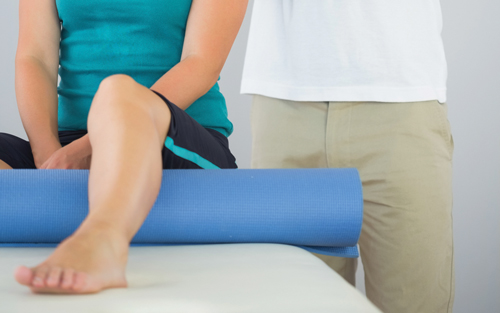
The menisci are pieces of cartilage found between the femur (thighbone) and tibia (shinbone) in the knee joint. they absorb force and provide stability and cushioning to the joint. But a meniscus can tear, and when it does, there are several repair options. One, especially if the tear is small, is to not treat the damage at all-not beyond some rest, perhaps. Another is to treat the tear with physical therapy, working to strengthen the surrounding muscles and optimize the body’s natural healing process. We advocate this approach, when appropriate. Nevertheless, surgery may be necessary if the tear is significant.
One problem with surgery has been the potential for knots made by the surgeon in the suture thread to become a source of discomfort to the patient. To avoid this possible complication, the damaged area of meniscus was often removed instead of repaired, which was not ideal either, since afterward the patient no longer had natural cushioning in the affected area and ran a higher risk of developing osteoarthritis. A new repair procedure permits a surgeon to use one device to completely repair the tear without leaving the knee joint. Instead of the 12 to 13 divergent outside-in stitches needed to repair some complex meniscus tears, two to six continuous, individually tensioned and fixed stitches can be made, creating knotless repair in any configuration. Because the tissue is saved and repaired inside the knee joint, the rate of reinjury to the anterior cruciate ligament is reduced, and the lining cartilage is protected. Usually performed on an outpatient basis, this “knotless” repair offers the promise of lessened risk for scar tissue formation and future injuries, more stable stitches that are less likely to pucker, and the opportunity to indulge in vigorous rehabilitation exercises-and that is where we come in. The shorter time in surgery and the single incision means that physical therapy can begin sooner and be more intensive. With a coordinated program of physical therapy and exercises, your knee will heal faster, its strength and flexibility will improve, future degeneration will be forestalled and you can return to desired activities sooner.









